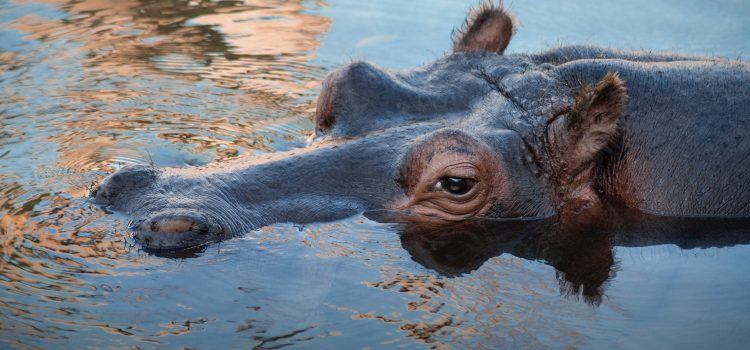
Hippos are one of the most iconic and recognizable animals in the world, known for their impressive size and ferocious reputation. But did you know that humans and hippos have a long and complex history together? From ancient Egypt to modern-day zoos, humans have been fascinated by these magnificent creatures for centuries.
In ancient Egypt, hippos were seen as sacred animals and were often depicted in art and mythology. The goddess Taweret, who was believed to protect women during childbirth, was often depicted as a hippo. The Egyptians also hunted hippos for their meat and hides, and hippo teeth were used as a form of currency.
During the colonial era, hippos were hunted for sport and their ivory tusks. In the late 1800s, American President Theodore Roosevelt famously went on a hunting trip to Africa and reportedly killed multiple hippos.
Hippos were also brought to zoos around the world in the late 19th and early 20th centuries. The first hippo to be exhibited in a European zoo was a female named Obaysch, who was brought to the London Zoo from Egypt in 1850. Obaysch was a sensation and drew huge crowds, sparking a craze for hippos in zoos around the world.
Today, hippos are still a popular attraction in zoos and aquariums, where they are often used as ambassadors for their wild counterparts. Many zoos also participate in hippo conservation efforts, such as supporting research into hippo behavior and habitat protection.
But despite their cultural significance and popularity, hippos face numerous threats in the wild. Habitat loss and degradation, poaching, and human-wildlife conflict are all major threats to hippo populations. As such, many conservation organizations are working to protect hippos and their habitats, such as the African Wildlife Foundation’s Hippo Conservation Initiative.
In conclusion, the history of humans and hippos is a long and complex one, spanning thousands of years and encompassing everything from art and mythology to sport hunting and modern-day conservation efforts. As we continue to learn more about these fascinating animals, it is important that we work together to protect them and their habitats for future generations to enjoy.










